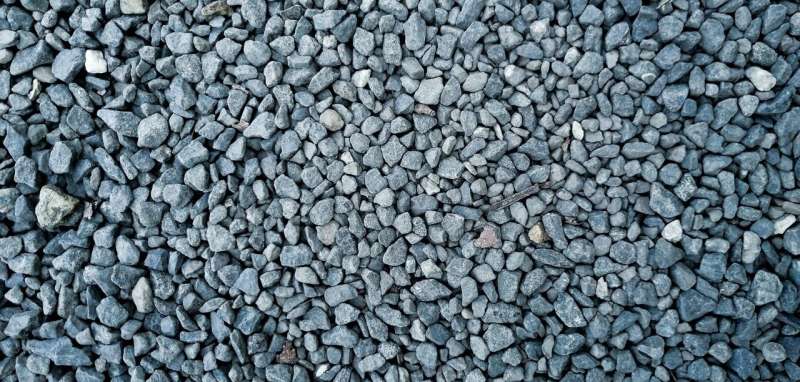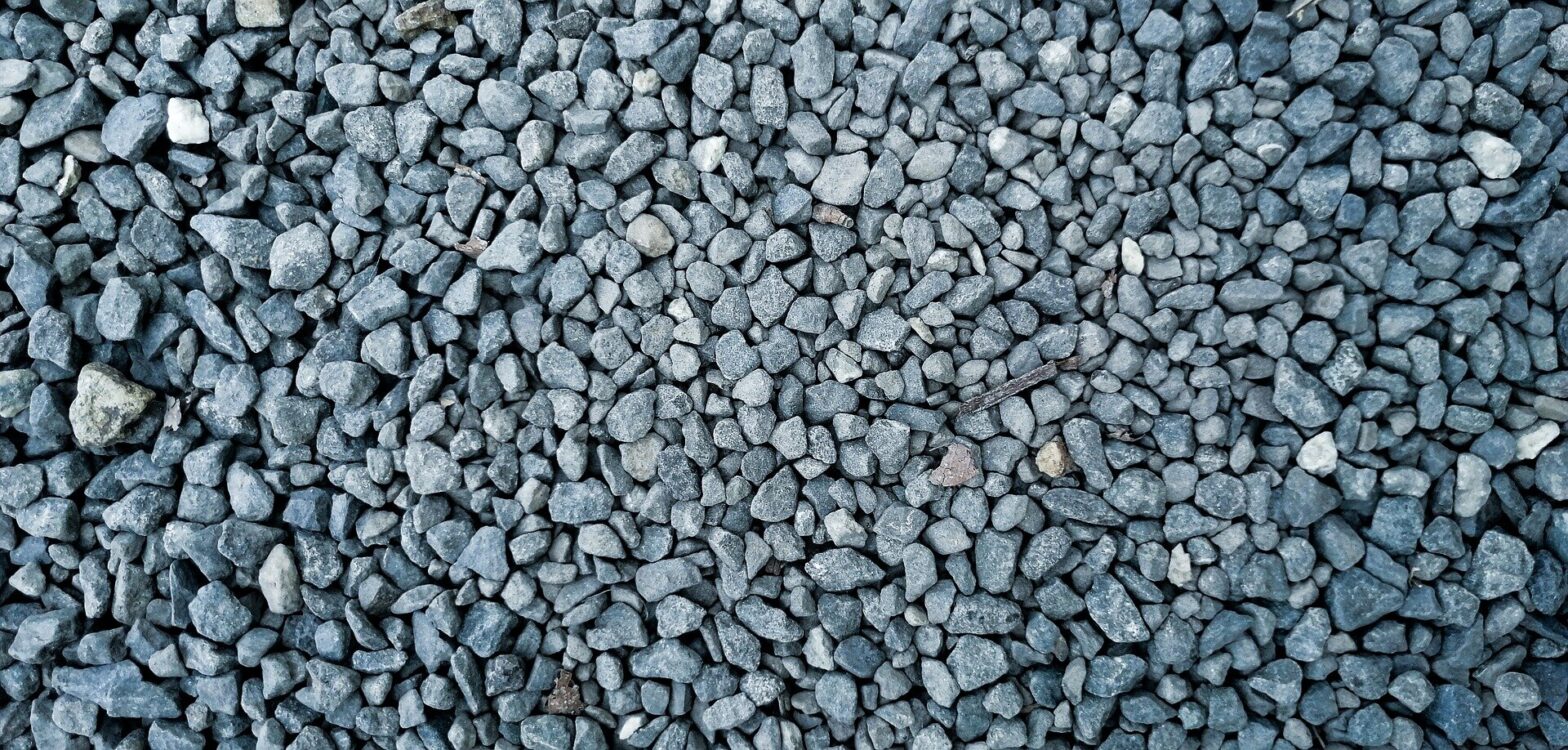
Image credit: Pixabay/CC0 Public Domain
Graphite, the primary anode material in lithium-ion batteries, is central to energy storage technologies and is increasingly becoming a focus of supply chain concerns. Even though graphite demand is increasing faster than lithium demand, global production remains highly concentrated and carbon intensive.
A perspective article published in Nature Reviews materials by Rice University researchers traces the transformation of graphite from an industrial raw material to a critical mineral and outlines new solutions that could make graphite production cleaner and more resilient, including the production of synthetic graphite from renewable sources such as biomass and captured carbon dioxide.
Rice's Pulickel Ajayan, Benjamin M. and Mary Greenwood Anderson, professor of engineering and professor of materials science and nanoengineering, and Sohini Bhattacharyya, research scientist in the Ajayan Research Group, can answer follow-up questions about graphite's role in the energy industry, including:
- How lower-carbon graphite production can strengthen security of supply.
- Environmental and supply chain challenges in graphite production.
- Advances in “green” synthetic graphite and recycling of spent battery anodes.
- How industry and politics can help ensure a sustainable US supply.
Further information:
Sohini Bhattachary et al, Graphite: The New Critical Mineral, Nature Reviews materials (2025). DOI: 10.1038/s41578-025-00848-5
Provided by Rice University
Quote: Experts outline cleaner, more resilient supply options for critical graphite mineral (2025, November 7), retrieved November 7, 2025 from https://phys.org/news/2025-11-experts-outline-cleaner-resilient-options.html
This document is subject to copyright. Except for fair dealing purposes for private study or research, no part may be reproduced without written permission. The content is for informational purposes only.
